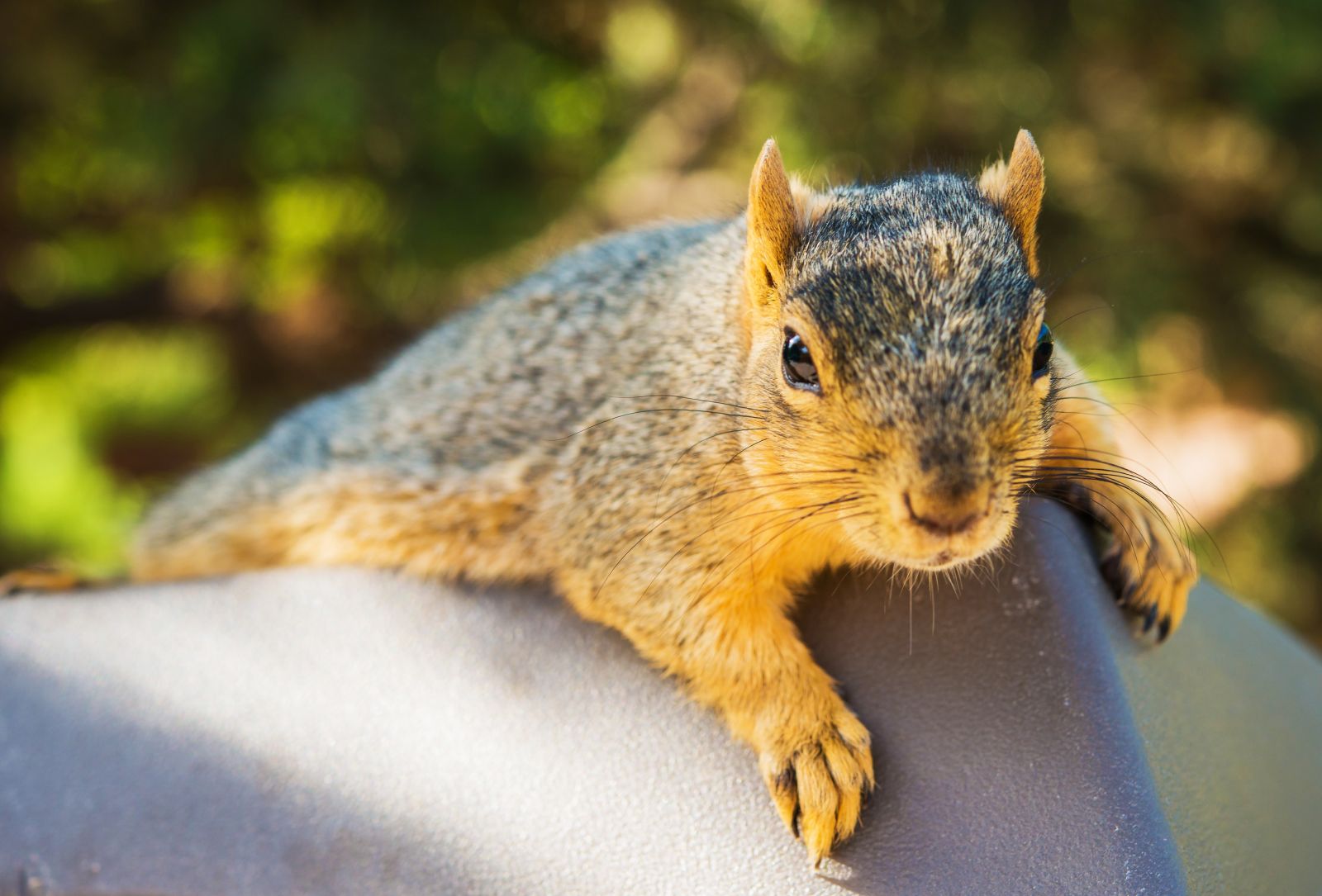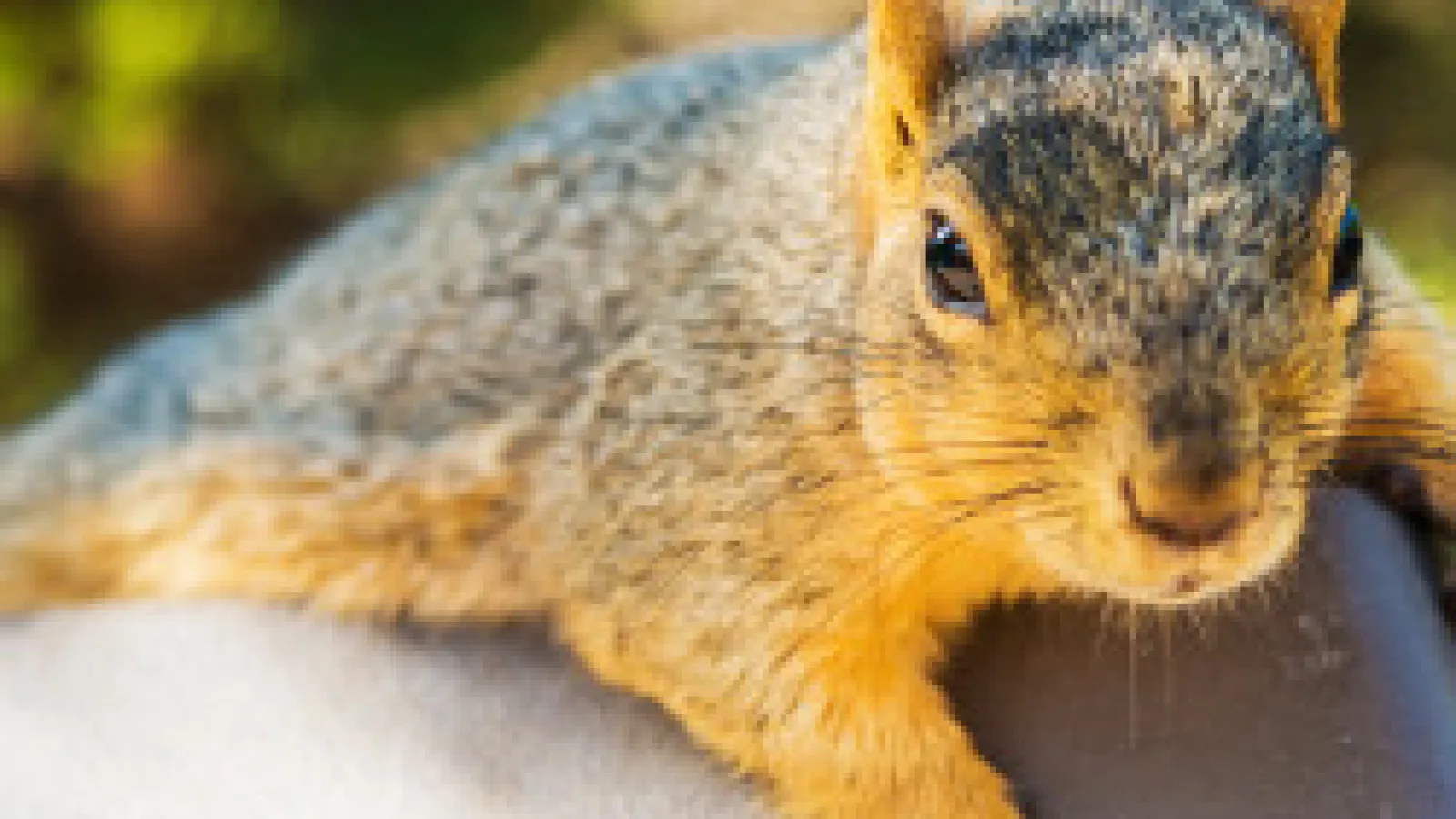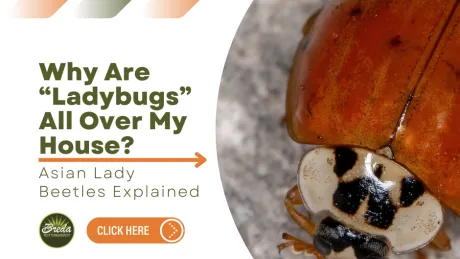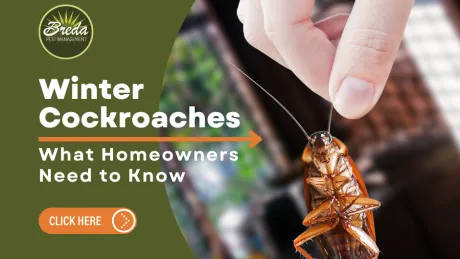Squirrels are often regarded as the peskiest of pests because of their tenacity combined with their destructive gnawing and chewing on woodwork and wires in the house. Squirrels can cause considerable damage when they make their nest inside a roof. They are excellent chewers and are notorious for chewing their way into buildings in a dogged manner, as they love being inside buildings. Once they gain entrance, they go on to create a mess with their constant gnawing on structures and fittings. Squirrels generally constitute a huge nuisance for many homeowners, as they can be heard scurrying, chattering, and upturning things in your attic all day.

How Squirrels Can Get In
There are several reasons why someone might find squirrels in their attic. These include mating, an increased numbers of predators, decreased habitat in which to build dens, or even just cold temperatures. Here are some of the most common ways for squirrels to get into your attic:
Roof Vents- The warm air emitting from the vents on your roof is a calling to all squirrels to come to your cozy attic. These squirrels can easily chew through the plastic and aluminum vent covers to reach your attic.
Roof Edge- The roof edge is a great entry point for squirrels for two reasons: For starters, the part of your roof where all the rain and melted roof snow eventually ends up is called the roof's edge. Because of this, ice dams, clogged gutters, and vegetation tend to build-up and keep your roof's edge wetter for longer periods. As a direct result, the materials under the edge tend to degrade faster than any other part of your roof, giving squirrels an easier way to chew through your roof. Secondly, the roof edge provides an angle for them to work and chew at until they can create a space large enough for them to enter. The mouth of squirrels are designed to where it is difficult for them to gnaw through the top of your roof.
Roof-Soffit Intersections- Roof-Soffit Intersections are most often found where two roof meet. At these points, shingles from the lower roof meet with the soffit from the upper section. When soffits are installed they often fail to meet flush with the shingle below. The resulting gap allows squirrels to run straight into your attic.
Gable Vents- Gable vents are also designed to circulate air throughout the attic as they are installed on opposite sides of the house. Since gable vents are made out of wood, plastic or aluminum, they provide an exterior that can be easily chewed through by squirrels.
Wall Vents- When kitchen, bathroom and dryer fans are installed, they are often paired with an exhaust on the exterior of your home. The opening into your home resembles a tree cavity and is a perfect place for squirrels to nest, and can also create unsanitary conditions and fire hazards.
Plumbing Mats- Plumbing mats are cylindrical vents on your roof which connect to your plumbing system that are used to exhaust sewer gases. To make the installation of the vent in your roof easier, the hole in your roof is often cut much larger than necessary for the pipes. The hole is patched up with a rubber matting which can be easily chewed through by squirrels in order to reach your attic.
Chimneys- Uncapped chimneys are an open invitation for squirrels. Depending on the materials used to line the chimney, squirrels may or may not be able to come and go. Squirrels will often fall and become stuck at the bottom of chimneys. This is often the case with smooth steel and clay lined flues. When it comes to chimneys lined with brick, squirrels are able to ascend and descend with ease, allowing them to nest on top of the fireplace.
How You Can Keep Squirrels Out
You know that you have at least one squirrel living in your attic if you can hear it rummaging around and you can smell the odor of animal urine as well. You need to get rid of it before it causes extensive damage. Follow these easy steps to get rid of those pests for good:
Seal up all entry points except one- Make sure all the holes leading into the house are sealed shut - check all roof vents, dormers, soffits, etc., but leave the main hole (it's usually obvious, big, with chewing around it) open.
Give the squirrels some incentive to leave- Either trap all the squirrels using roof-mounted cage traps, or mount repeater traps or one-way exclusion doors on the primary entry/exit hole. You can also purchase squirrel spray and use it on their hideout. Most sprays contain a predator's urine like a fox and may cause the squirrel to leave your attic in fear.
Seal up that last hole- Once they're all out, or trapped, and relocated, seal up the final entry hole, with steel, so no new squirrels can chew their way in again.
Get rid of any squirrel odor- Even if the squirrels are gone, their lingering odor can attract new ones. Clean up the attic, with a special antimicrobial fogging agent.
Dealing with squirrels on your own can be a daunting task. If you've tried all you can, or are dealing with a serious problem, let Breda Pest Management take care of it. With decades of experience, we know what it takes to fix your problems and keep those pests out for good. Request a free consultation to see how we can help you stop squirrels from entering your home.



